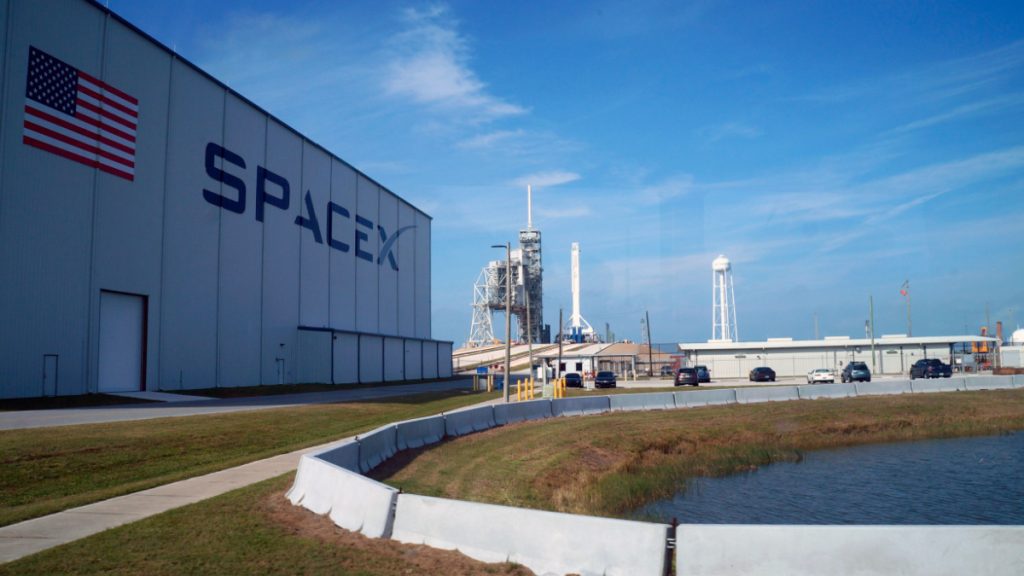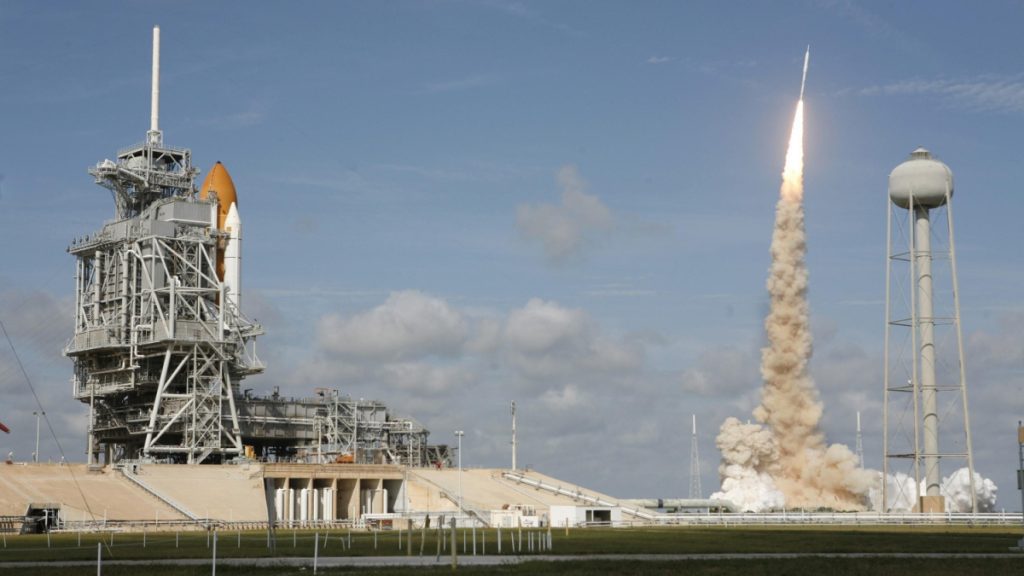
Elon Musk’s SpaceX has established a monopoly in the rocket launch industry, but concerns are growing over the company’s market control, and satellite radiation leaks, among others.
- SpaceX powered 66% of customer flights from American launch sites in 2022, thanks to its reusable rockets, competitive prices, and launch frequency.
- Concerns arise about the lack of competition and rising launch costs as SpaceX increases prices for rocket launches, potentially conducting 100 flights in 2023.
- Scientists call for collaboration between SpaceX and the satellite industry to address radiation leakage and ensure coexistence with radio astronomy, urging support from regulators.
Elon Musk’s SpaceX has emerged as the dominant player in the rocket launch industry, effectively holding a monopoly position. And amid the company’s dominance, scientists are worried about its satellite radiation leaks interfering with their work.
According to Jonatan McDowell, an astrophysicist who tracks space activity, the company managed to power 66% of customer flights from American launch sites in 2022. This is primarily due to its reusable rockets, competitive prices, and unique launch frequency,
Considering the Russian-Ukraine war has made the Russian Soyuz rocket off limits, competitors like Jeff Bezos’ Blue Origin and French launch company Arianespace have yet to launch their vehicles, and other rivals pulling out of the game, the situation isn’t ending any time soon. From the looks of things, SpaceX has become a de facto monopoly. And experts are not too happy about the situation.
SpaceX holds a virtual monopoly on ferrying astronauts, launching satellites, and providing critical services such as internet connectivity through its Starlink satellite-broadband service. Such a monopoly holds significant implications for satellite operators and government agencies. These entities are now forced to align their schedules and projects with those of SpaceX.
And similar to any other monopoly out there, people are raising concerns regarding the lack of competition and rising launch costs. As it turned out, the company has increased its prices for rocket launches, including ride-share missions, and is projected to conduct 100 flights in 2023, with the potential to reach 200 launches per year. While this steady stream of revenue supports SpaceX’s ambitious projects, the company’s success has sparked calls for a more competitive landscape in the industry. Essentially, they can arbitrarily stick a price on something, and no one would be any wiser.
Talking to The Wall Street Journal, Payam Banazadeh, chief executive at Capella Space, a satellite company that uses specialized radar to capture imagery of Earth, said he wants more choices. However, he does clarify that “in the short term, we plan to continue with SpaceX and Rocket Lab until some of these new launch vehicles demonstrate reliability and repeatability.”

In other concerning news, recent research has revealed that Starlink satellites are leaking low-frequency radio waves, posing challenges to radio astronomy. The electronics on board these satellites emit unintended radiation that interferes with observations conducted by radio telescopes. The satellite radiation leakage was detected by the LOw Frequency ARray (LOFAR) in Europe, which observed electromagnetic leakage from 47 out of 68 Starlink satellites. This leakage occurs in a frequency range allocated to radio astronomy and is a concern for large-scale observatories under development, such as the Square Kilometer Array Observatory.
While the satellite radiation leakage from Starlink satellites is currently not regulated, scientists and astronomers are calling for collaboration between SpaceX and the wider satellite industry to address the issue. Solutions need to be found to ensure the coexistence of satellite constellations and radio astronomy without negative impacts. SpaceX has already initiated discussions with astronomers and is working on reducing or eliminating the unintended radiation.
According to the astronomer from the Max Planck Institute for Radio Astronomy and the Astronomische Gesellschaft in Germany Michael Kramer, “the present study highlights an example of the various channels of how technology development may have unforeseen side effects on astronomy.” He continues, “With SpaceX setting an example, we are now hoping for the broad support from the whole satellite industry and regulators.”
Inside Telecom provides you with an extensive list of content covering all aspects of the tech industry. Keep an eye on our Tech sections to stay informed and up-to-date with our daily articles.